Keeping the Legacy Alive: Chin Mee Chin Coffee & Cake Shop Faces the Passing of an Era
Researcher Michelle Heng contemplates the legacy and future of Chin Mee Chin Coffee & Cake Shop famed for its kaya and pastries.
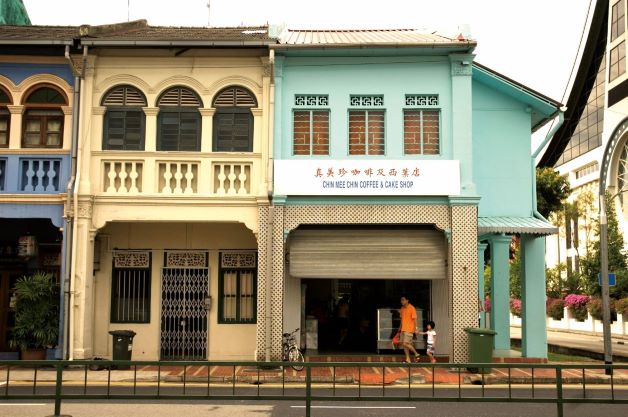
The next time you pop into Chin Mee Chin Coffee & Cake Shop for a crusty toast flavoured with kaya and melt-in-your-mouth butter, you won’t be seeing the familiar sight of an old Hainanese uncle brewing coffee at the back of the shop. Tan Joon Ling, 87, passed away on 25 July 2009, says his son, William Tan Chiew Duan, 49.
With the demise of its second-generation proprietor, the landmark coffee shop in Katong witnessed the passing of an era. Its story, like the many-splendoured spread behind the decades-old glass showcase in this fabled shop, is a colourful tapestry of living history. A landmark eatery along laid-back Katong, Chin Mee Chin’s gastronomic history is woven from the variegated skeins of traditional eating habits among the predominantly Peranakan (descendants of immigrants who were born in Malaya and Indonesia – a Malay word that applies to those who are native by birth, the term stems from the Malay root ‘anak’ for child or children) and Eurasian communities residing in the vicinity.
Its old-world ambience lures customers young and old as they savour the treats in an authentic Hainanese coffee shop setting. Nothing has changed much since the 1970s and its original mosaic tiles, charcoal toasters and old ceiling fans are especially well liked by nostalgia buffs. The nondescript-looking shophouse still pulls in crowds, especially over the weekends.
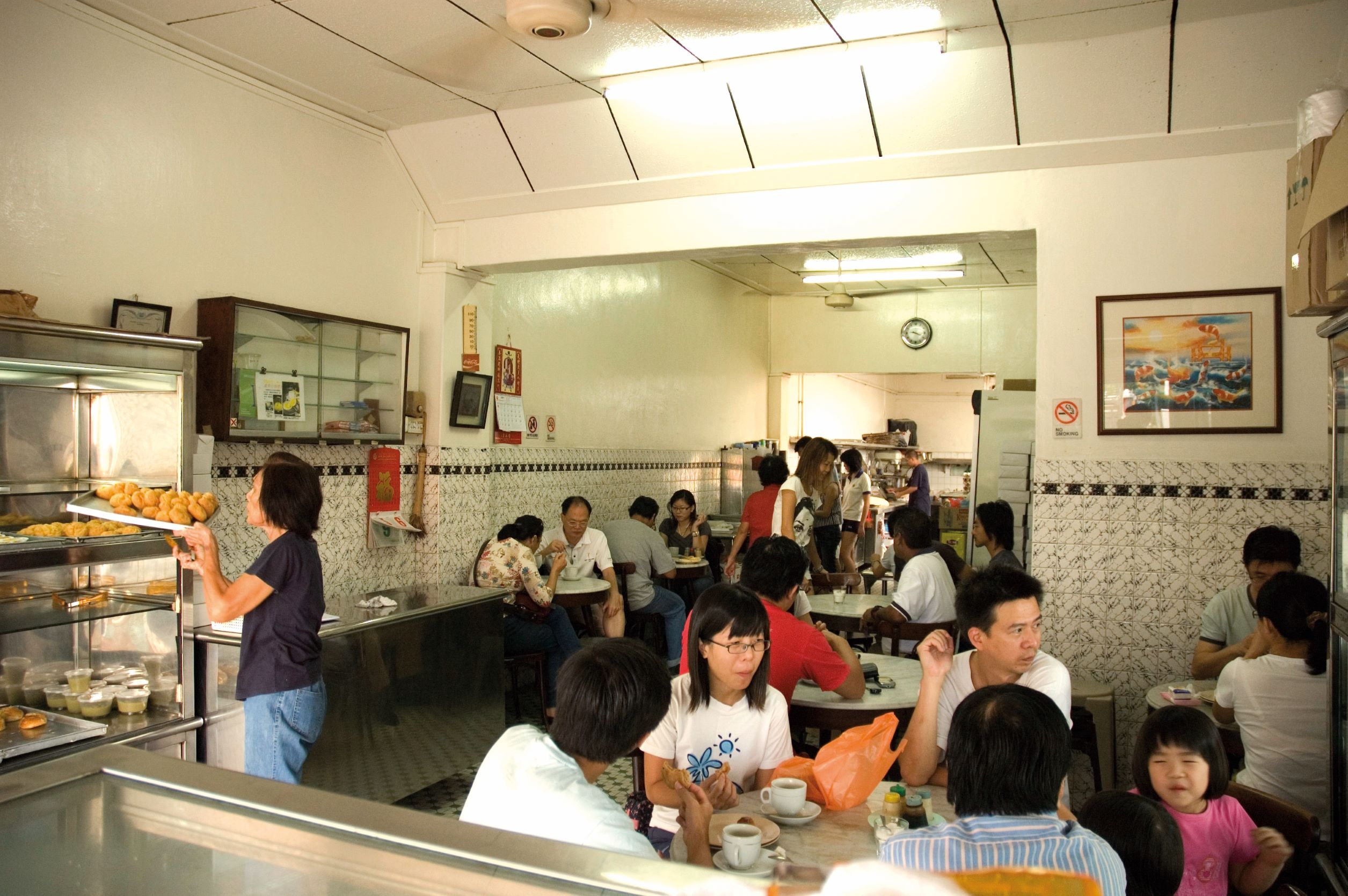
Its famous kaya, a sweet greenish bread spread made with eggs as the main ingredient, has been much-touted from independent online magazine Salon.com to Singapore’s flagship daily The Straits Times; but the previously publicity-shy staff at the coffee shop had declined to be interviewed. In a bid to keep his father’s hard-won legacy alive, William Tan, the third-generation scion of the Katong stalwart, responded to the National Library Board’s request for an interview in response to a factual clarification in an article posted on the library’s Infopedia website.
Patrons interested in finding out more about Chin Mee Chin will find worthy mention of the coffee shop among many tomes found in the Singapore and Southeast Asian Collections at the Lee Kong Chian Reference Library as well as on InfopediaTalk (Infopedia). One way that the National Library carries out its key role of collecting and preserving heritage materials on Singapore and Southeast Asia is to actively document “heritage” in the making.
Apart from the Peranakan-inspired kaya, a long-standing favourite among its loyal customers, the shop’s signature items include cream puffs, cream horns, butter cupcakes as well as sugee cake – a popular staple confectionery among the Indian-Eurasian community – and a wide array of sweet and savoury buns. So well liked are its pineapple tarts and curry puffs that the neighbourhood’s church-goers (a Catholic church is only about 10 metres away across the side street) who often swing by Chin Mee Chin after Sunday worship sessions, still hanker after these traditional favourites, says William Tan, a sales director at an IT solutions company, who helps out at Chin Mee Chin during the weekends and in the evenings.
Some of its more unusual items have earned a place in the annals of Singapore’s culinary history. Of particular interest is the “Pang Susi” bun – a bread-roll filled with green peas, onions and meat. Its interesting name is cleverly coined from the Hainanese word pang which means “fragrant” and susi meaning “sausage”, evoking a delightful image of tempting scents and piquant flavours.
It is a successful family-owned enterprise with humble beginnings as a bread delivery business started in the early 1920s by patriarch Tan Hui Dong who hailed from Hainan Island, Keng Hai county, Chin Mee Chin has witnessed many twists and turns in its eventful history. Tan Hui Dong and his Hainanese clansmen supplied bread every morning on foot to the Peranakan households living in private residences along Joo Chiat. Life was hard in the early days and the plucky founder of Chin Mee Chin shared both the workload and tiny shop space with his fellow clansmen while they eked out a meagre existence as bakery hands.
“In the early days, they had to seek permission from the bakeries to get a space in a corner of the shop for their foldable beds. They didn’t have a permanent room or house to live in, so they worked in the shop and just slept in one corner of the shop after getting permission from the owner,” says William Tan.
The turning point for Chin Mee Chin arrived when Tan Hui Dong was offered a chance to take over the bakery business from its original Hainanese proprietors in the mid-1920s. Eager to improve his lot, Tan Hui Dong became a major shareholder of the shop after garnering the support of his relatives who took on the entrepreneurial challenge as minor shareholders in the business.
But events took an unfortunate twist in February 1942, when the patriarch was rounded up along with other Chinese men in the early days of the Japanese occupation during World War II. Still only in his 40s, Tan Hui Dong failed to return from a fateful trip to get documentation from the island’s new masters, leaving his bread distribution business to be run by his clansmen until his eldest son, Tan Joon Ling, then aged 25, arrived in Singapore from Hainan Island in 1947.
It was Tan Joon Ling’s momentous decision to buy over the shop’s premises from its original Peranakan owners in the early 1950s that turned the corner for Chin Mee Chin. William Tan attributes his late father’s business savvy and foresight to buy the shop, carve a niche in the competitive coffee shop trade and aspire to the likes of the nearby but better-known Red House Bakery and Cona’s Confectionery in building Chin Mee Chin’s thriving success today, while other traditional coffee shops did not survive the brutal rates after rent control was lifted during the 1980s.
Under the Rent Control Act of 1947, rents were kept at nominal levels relative to market rates in a government bid to protect tenants from unscrupulous landlords during the housing shortage in the aftermath of World War II. With rents frozen at rates as low as $10, businessmen indirectly benefited when more shop houses were leased to commercial enterprises over the years.
In their heyday during the 1950s to 1970s, popular bakeries in the Katong district such as Red House Bakery, Wonderland Cafe, Cona’s Confectionery and even the Tay Buan Guan department store teemed with customers as business thrived under the auspices of rent control, says William Tan. But these businesses had to close down when landlords were allowed to raise shop rental charges to commercial rates.
With almost no skilled bakers and the barest of working experience in the coffee shop trade, Tan Joon Ling built Chin Mee Chin from scratch with true grit and a relentless drive to prove naysayers wrong, recalls his son. Following in his father’s footsteps, Tan Joon Ling, with the support of his extended family and clansmen who stayed in the shop house’s living quarters, added to the confectionery’s repertoire of cakes, pastries and buns. Fired by the zeal to survive and thrive, Tan Joon Ling and his staff at Chin Mee Chin created their own makeshift urn and oven using bricks and a metal sheet at the back of the coffee shop. From a small brick furnace, a steady supply of bread and cakes soon filled the shop with inviting aromas.
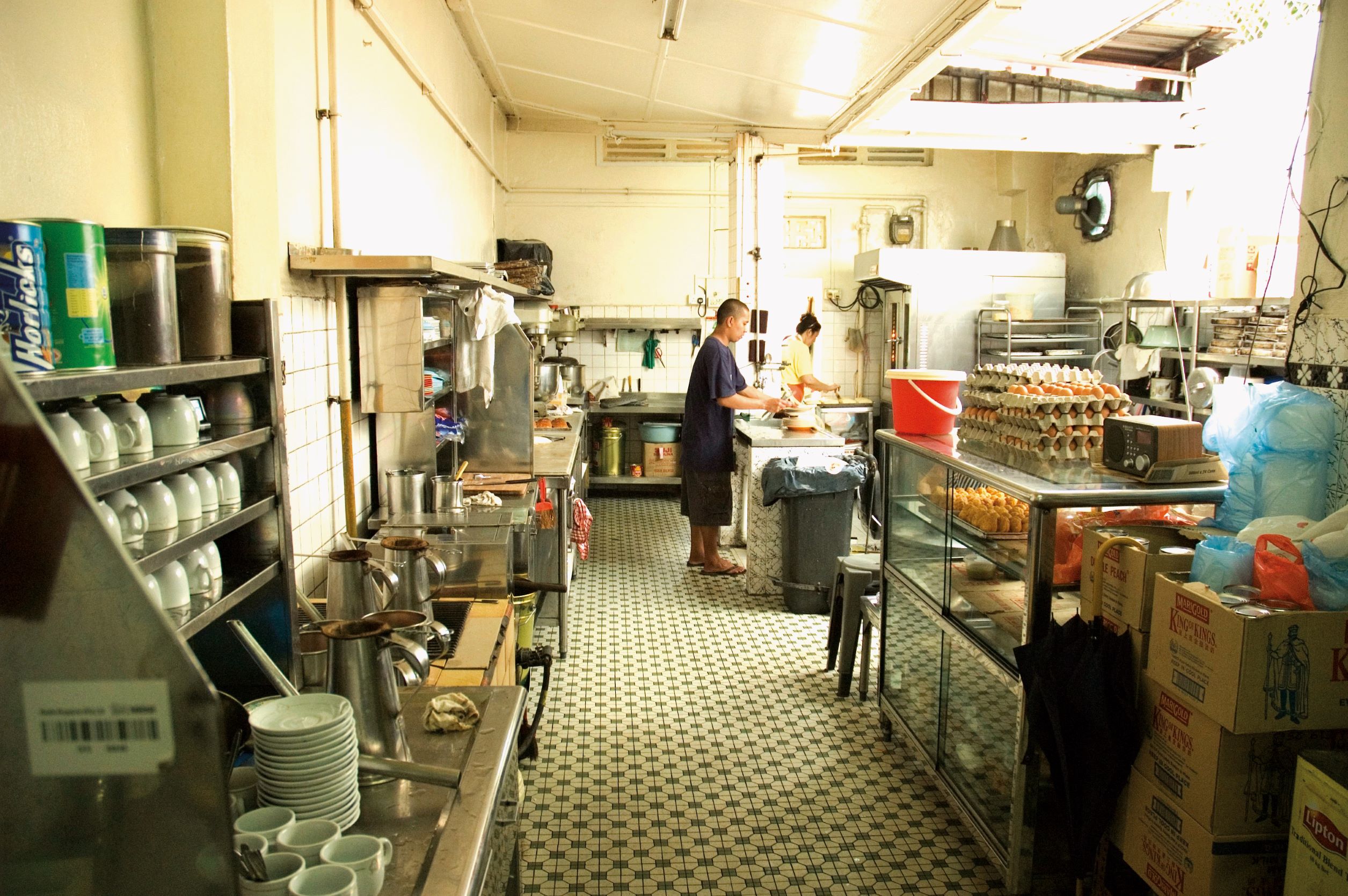
A typical day started at 4.30 am when he would start the charcoal fire, boil water and prepare baking ingredients in time for the first customers who came by for their breakfast when the shop’s shutters went up at 6.30 am. The shop closed at 6 pm, but Tan Joon Ling would linger at the shop front to do the accounts with the help of his young cousin, or hone his baking skills by improving on existing recipes or experimenting with exotic creations such as decorating tiered wedding cakes.
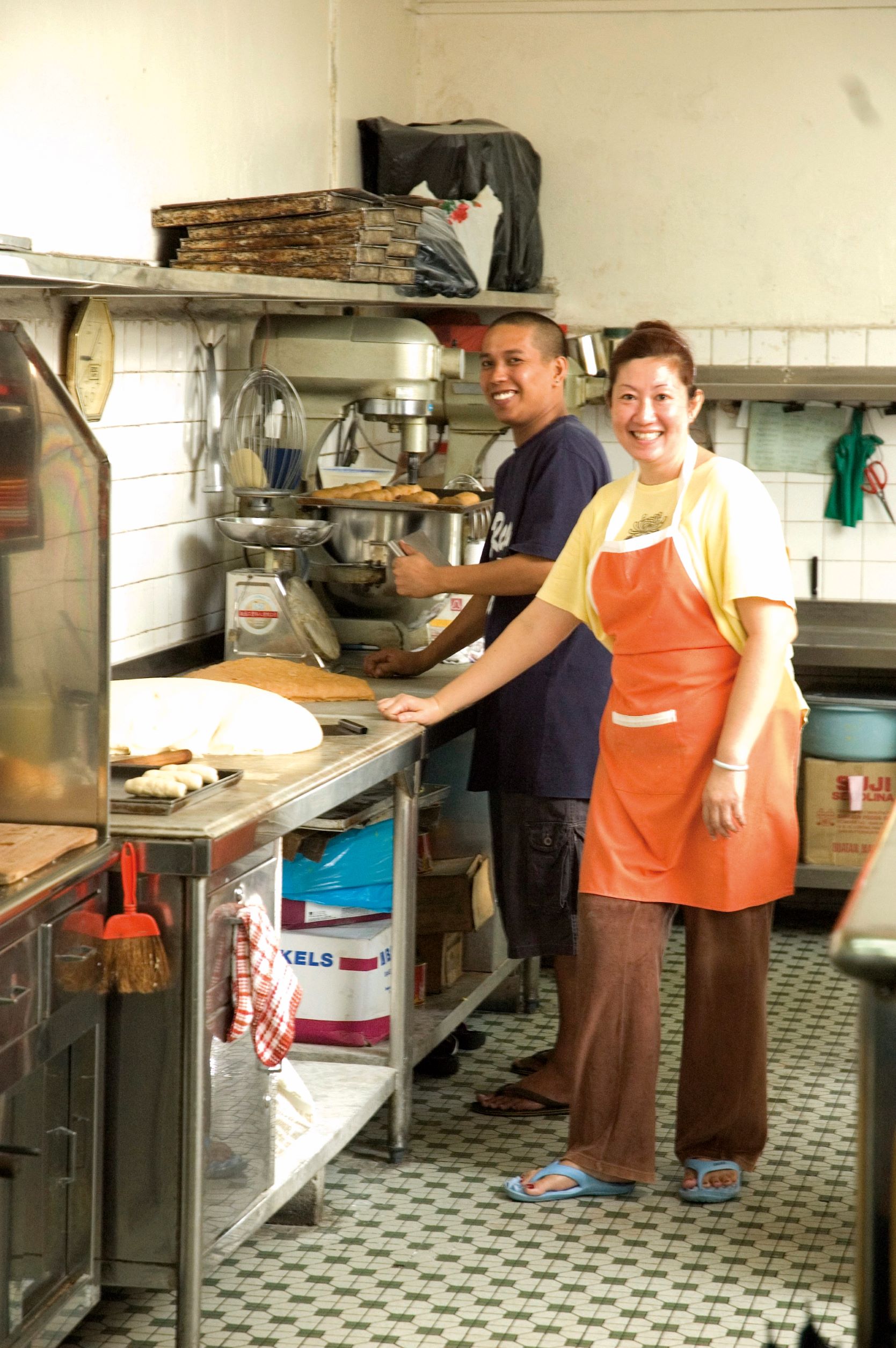
And like most old-school businessmen, Tan Joon Ling resisted the call to change his mode of operating the family-run business despite rumblings from younger family members for a more systematic and modern business approach.
A rarity in an age of franchise chains, Chin Mee Chin remains a traditional family-run Hainanese coffee shop today. While the original wide array of delicacies have been whittled down due to a lack of manpower and the challenge of replacing ageing staff looms larger with each passing year, William Tan is confident that the present generation of staff at Chin Mee Chin will keep its heritage alive.
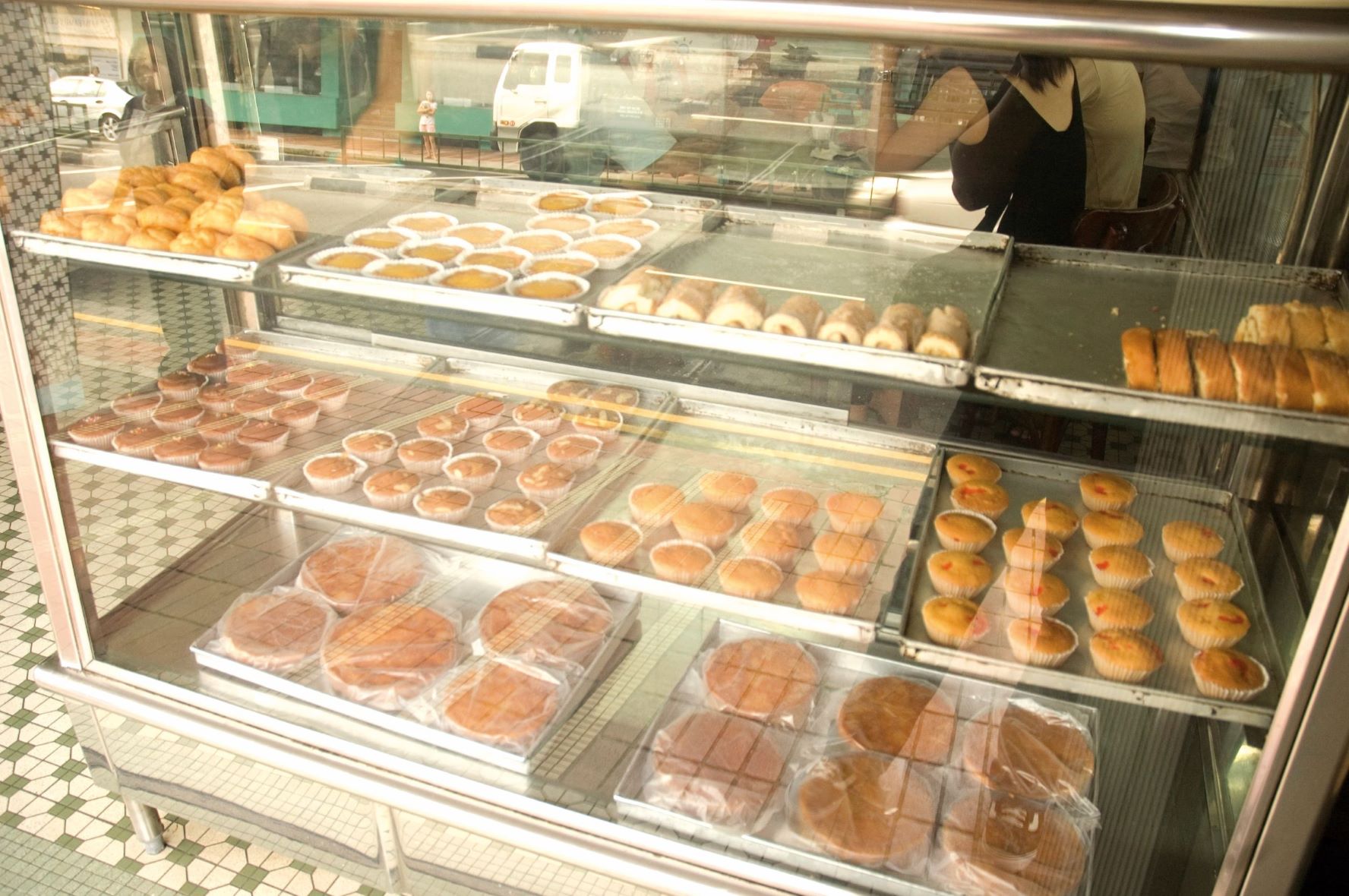
“We’re one of the few, if not the only one surviving, that still sells all these community-influenced [food items]. These items are unique to Joo Chiat and to the Peranakan and Serani (Malay word for Eurasian, derived from the Arab word ‘nasrani’ meaning Nazarene or Christian) community. It is where the Nonya, Eurasian and Westernised middle class would daily converge for these colonial-style cakes… the shop is what it is today because of the influences of these different communities. By that I mean, it’s a living thing and we adapt our food to our customers’ tastes.”
And with a steady stream of customers queuing for kaya toast and cream puffs, Chin Mee Chin’s legacy is firmly set against today’s fast-changing patchwork of new-fangled eateries and cafes.
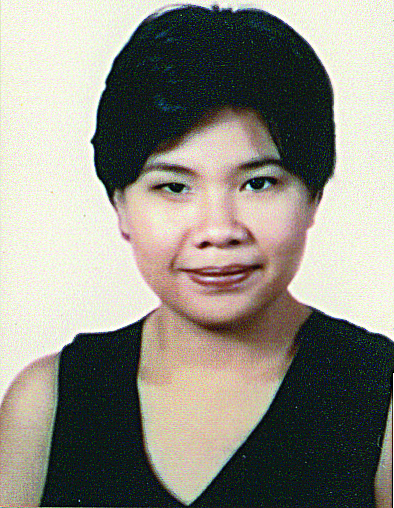
Independent Researcher
National Library
REFERENCES
Josephine James, “End of an Era for Trade of Old Times?” Straits Times, 28 February 2001, 2. (From NewspaperSG)
Judith Holmberg, “Heart of Katong,” Straits Times, 9 August 1993, 16. (From NewspaperSG)
Khoo Joo Ee, The Straits Chinese: A Cultural History (Amsterdam: Pepin Press, 1996). (Call no.: RSING 305.895105951 KHO)
Lily Kong and T. C. Chang, Joo Chiat: A Living Legacy (Singapore: Joo Chiat Citizens’ Consultative Committee in association with National Archives of Singapore, 2001). (Call no. RSING 959.57 KON)
Myrna Braga-Blake, ed., Singapore Eurasians: Memories and Hopes (Singapore: Times Editions, 1922). (Call no. RSING 305.80405957 SIN)
Roy Y.K Phua and Lily Kong, “Exploring Local Cultures,” in Portraits of places: History, community, and identity in Singapore, ed. Brenda S.A. Yeoh and Lily Kong (Singapore: Times Editions, 1995). (Call no. RSING 959.57 POR)
T.T.B. Koh, Rent Control in Singapore ([s.n.]: [n.p], 1966). (Call no. RCLOS 346.04344 KOH)
Urban Redevelopment Authority (Singapore), Procedures for Recovering Possession of Rent-Controlled Premises (Singapore: Urban Redevelopment Authority, 1992). (Call no. RSING 346.595704344 PRO)

